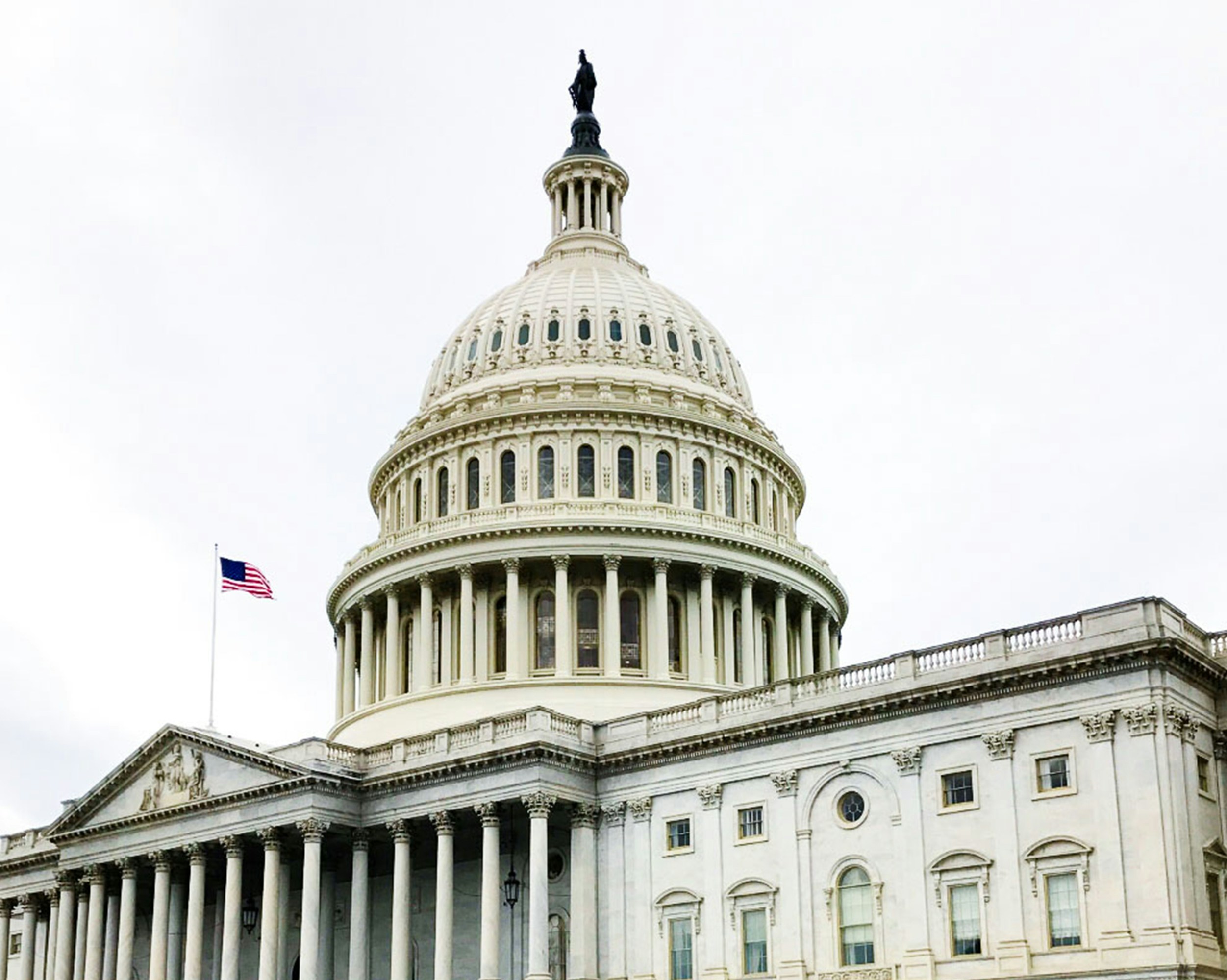
News
Thoughts About The UAW Strike On The Big Three
- Breaking News
- Why the strike? Much of the news is focused on pay and benefits, with the UAW (“U Ain’t Workin’) initially seeking a 40% increase over four years, the elimination of the two-tier wage system, adding a defined benefit plan, adding more paid time off, and reducing the workweek to 4 days and 32 hours, with no corresponding pay cut. GM and Ford offered a 20% increase over four years; Stellantis offered 21% over four years with 10% in year 1. According to Ford, its offer would result in a first-year employee receiving $92,000 in annual pay and $17,500 toward health care costs. All three manufacturers included improvements in other areas as well. The UAW most recently said it would accept a 36% package over four years. But back to the question, why the strike? The UAW is concerned about how the move toward electric vehicles will affect plant staffing levels and thus UAW membership. Simply stated, you don’t need as many workers to build EVs compared to combustion engine vehicles. Job security—and for the UAW, dues-paying members—is the long-term issue.
- Why has the strike just been a partial one, affecting three sites totaling 12,700 employees out of approximately 150,000? The UAW strike fund has $835 million. If all 150,000 UAW-represented employees at the Big Three went on strike at the same time, the fund would be depleted in three months. By selecting strategic sites for the initial strike, with the option to add other sites, the UAW adds chaos to its bargaining leverage. Some layoffs have occurred as an outcome of the strike, but those UAW-represented employees are eligible for unemployment compensation benefits rather than UAW strike assistance, thus the union disrupts but limits its cost of doing so.
- What is President Biden’s position about the strike and how to bring about an agreement? President Biden has unequivocally stated his support for the strike and urged the Big Three to “pay up” as a result of robust profits. President Biden also sent his acting Secretary of Labor, Julie Suh, to the bargaining table to help try to facilitate an agreement. I don’t think she will be effective—she has baggage and I suspect that the manufacturers do not trust a Biden Administration representative to be a neutral voice to help facilitate a resolution.
- “No one ever wins when there’s a strike”—true or false? There is not one answer for all strikes. There often are winners and losers from strikes. If the union is perceived as winning—achieving through a strike what it could not prior to the strike—that may embolden the union in its relationship with that employer and bargaining in general. However, the win/loss proposition is affected by how long the strike lasts. If the union has a successful outcome but the strike lasts for months, rather than weeks, members may become disenchanted with the union and its leadership.
- What is a “Hollywood strike” and may that occur here? A Hollywood strike is when the strike is brief, but the union can claim that it had muscle to call the strike and the company can claim that it had resolve to take the strike. I don’t think we will see that here. Shawn Fain, UAW President, has been emphatic regarding the UAW bargaining position and would lose credibility if he’s perceived as folding early during the strike. By the same token, the Big Three will not want to be perceived as rewarding the UAW by agreeing to terms substantially different from their final offer.
If you have any questions or would like to discuss this further, please contact Richard Lehr at 205-323-9260 or rlehr@lehrmiddlebrooks.com.





